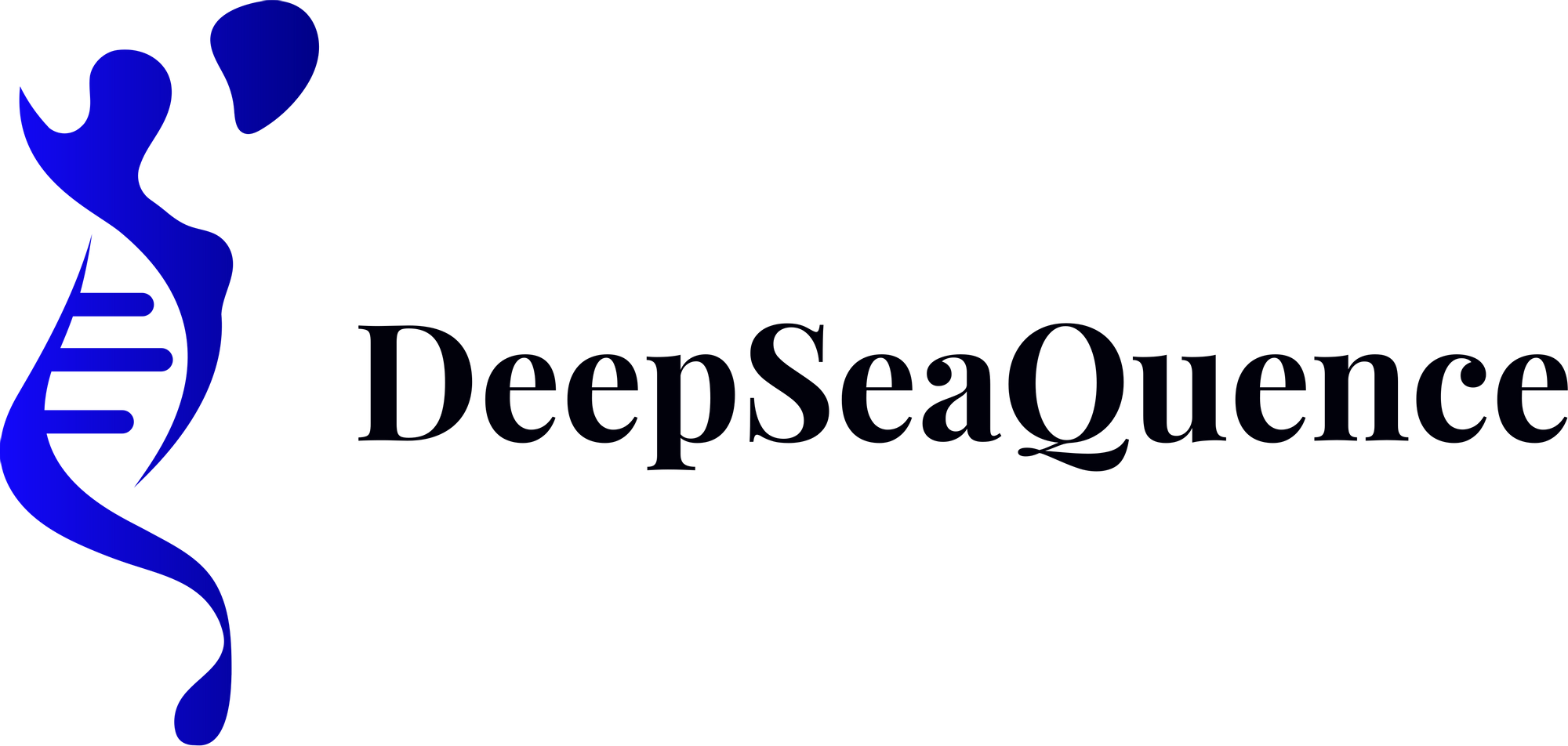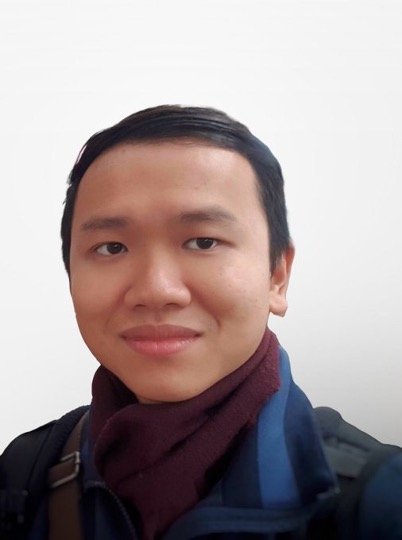
During a research cruise to the Arctic Mid-Ocean Ridges, the DeepSeaQuence project co-hosted a live stream together with the Erasmus+ project RIALHE (https://rialhe.eu/) and the Center for Deep Sea Research (https://www.uib.no/en/deepsea), giving remote access to advanced infrastructure. During the live stream session from the ROV ÆGIR6000 onboard the research vessel G.O SARS, all registered participants had the opportunity to ask questions during the Q&A session. The ROV dive was conducted at the Loki’s Castle Vent field situated at ~2300 meters depth south/east of Svalbard (map). 
In total, 302 registered for the event with 200 unique viewers during the live stream.

A special thank you to the Aquarium in Bergen giving us feedback on the big screen view of the live stream given to their visitors.

We had a good time onboard during the session, thank you to all involved; Runar Stokke, Petra Hribovšek, Eoghan Reeves (remotely from Hamburg), Ida H. Steen, Mari Heggernes Eilertsen (https://cbearctic.com/), Noemí Segura Sole, and the ROV team.
The webinar is available here: https://vimeo.com/981277232


 My name is Thuc, and I have just started as a PhD research fellow at the University of Bergen and the DeepSeaQuence project. I grew up in Vietnam and got my bachelor’s degree in biotechnology there. In 2018, I came to Europe for the first time to study the Erasmus Mundus Master in Marine environment and resources (MER). With my master’s programme, I had the chance to study in several European countries, starting at Southampton (United Kingdom), the Basque Country (Spain), and Liege (Belgium). I completed my master’s thesis in the UK at the Centre for environment, fisheries, and aquaculture science (Cefas), working on developing a high-throughput assay for identification of Vibrio species. My research interests are applied microbiology and biotechnology.
My name is Thuc, and I have just started as a PhD research fellow at the University of Bergen and the DeepSeaQuence project. I grew up in Vietnam and got my bachelor’s degree in biotechnology there. In 2018, I came to Europe for the first time to study the Erasmus Mundus Master in Marine environment and resources (MER). With my master’s programme, I had the chance to study in several European countries, starting at Southampton (United Kingdom), the Basque Country (Spain), and Liege (Belgium). I completed my master’s thesis in the UK at the Centre for environment, fisheries, and aquaculture science (Cefas), working on developing a high-throughput assay for identification of Vibrio species. My research interests are applied microbiology and biotechnology.